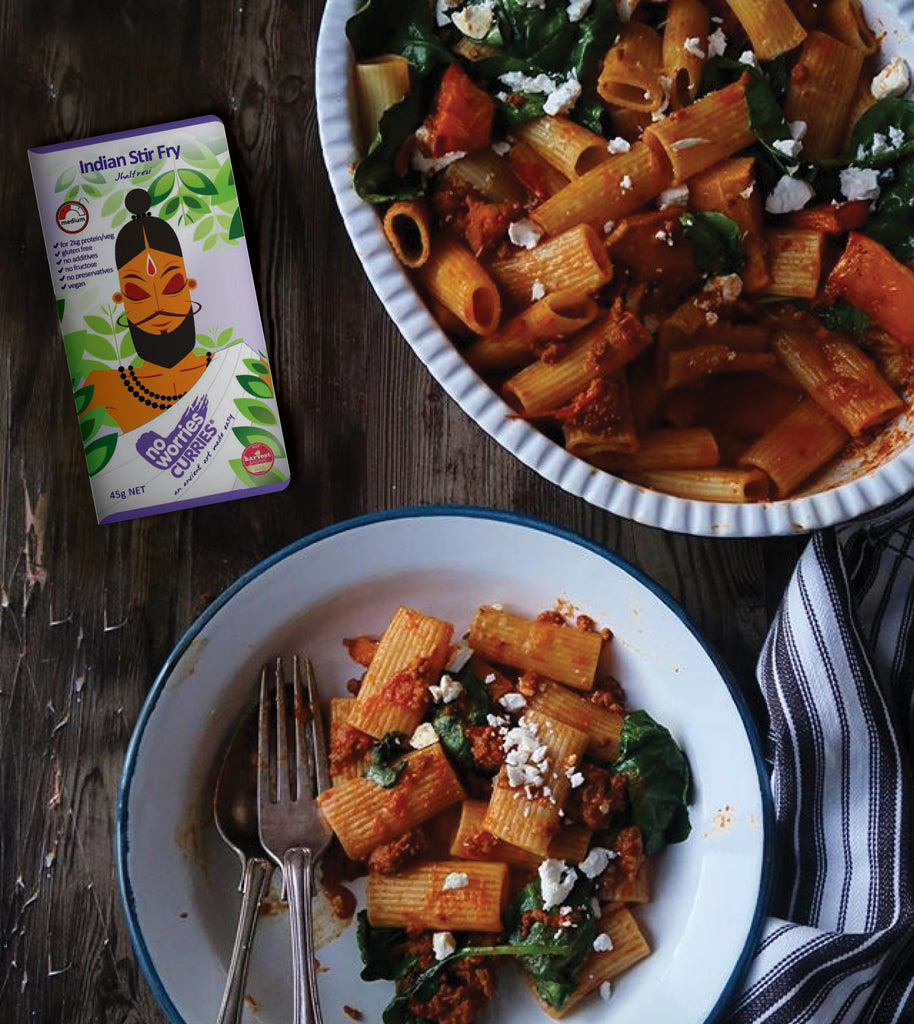'Curry' - A Diverse Dish with an Ancient History
By Claudette D'Cruz

I hate to burst your bubble of pride as you tuck into your home-made curry, but your success is old news – ancient to be precise. Curry is believed to be the oldest continuously-prepared food in human history, and early home cooks were whipping up a good spicy stew around 4,000 years ago in the ancient Indus Valley empire of India.
Of course our early ancestor's curries little resemble modern-day curries. Even in the 17th century the Indian 'kari' was merely one of many soupy-spicy dressings served with other dishes and not as the main event. The Europeans, while merrily colonising India, incorrectly assumed all these dressings were 'currys' (as they called them), and scurried back to their home countries with a recipe.
But then everything changed. While the English were making “currey the Indian way” (a rabbit stew with a spoonful of rice and various spices), the chilli journeyed from it's native South America to Asia and the curry became the fiery version we know today.
That said, curry remains one of the most diverse and varied foods on the planet. Eat a curry in Jamaica and it will likely contain goat, while South African's chew on 'bunny chow' and the hawker stalls of Hong Kong sell curry fish balls.
In the Maldives the top curry is made with fresh tuna, Germany's classic currywurst pairs a sausage with curried ketchup to great effect, and the first Australian settlers dined on bandicoot curry in 1864.
It all started in India though, so to India we must return. Curries vary by region, tradition and religion in India, but the general rule is that southern Indian curries are the spicier ones, and coastal regions use seafood more than chicken or red meat.
Your average curry contains around 60 ingredients, but before you scream and vow you will never cook one again, remember that many of these contain health benefits, so are worth the effort of adding to your meal.
Key spices like turmeric, cumin, allspice, ginger and garlic have anti-bacterial properties; onions help the body produce cancer-fighting molecules; and the hotter the spice the more calories you burn eating it!
Ultimately, what really matters is the pleasure that a good curry brings: it's both soothing and stimulating, explosively flavoured and endlessly varied. Let that pleasure be heightened by the effort that goes into making it, and the link it creates with our ancestors and the global society of curry eaters. Throw in the fact that you are doing your body some good just by tucking in and there is no reason not to open your next packet of spices and get cooking!

0 comments